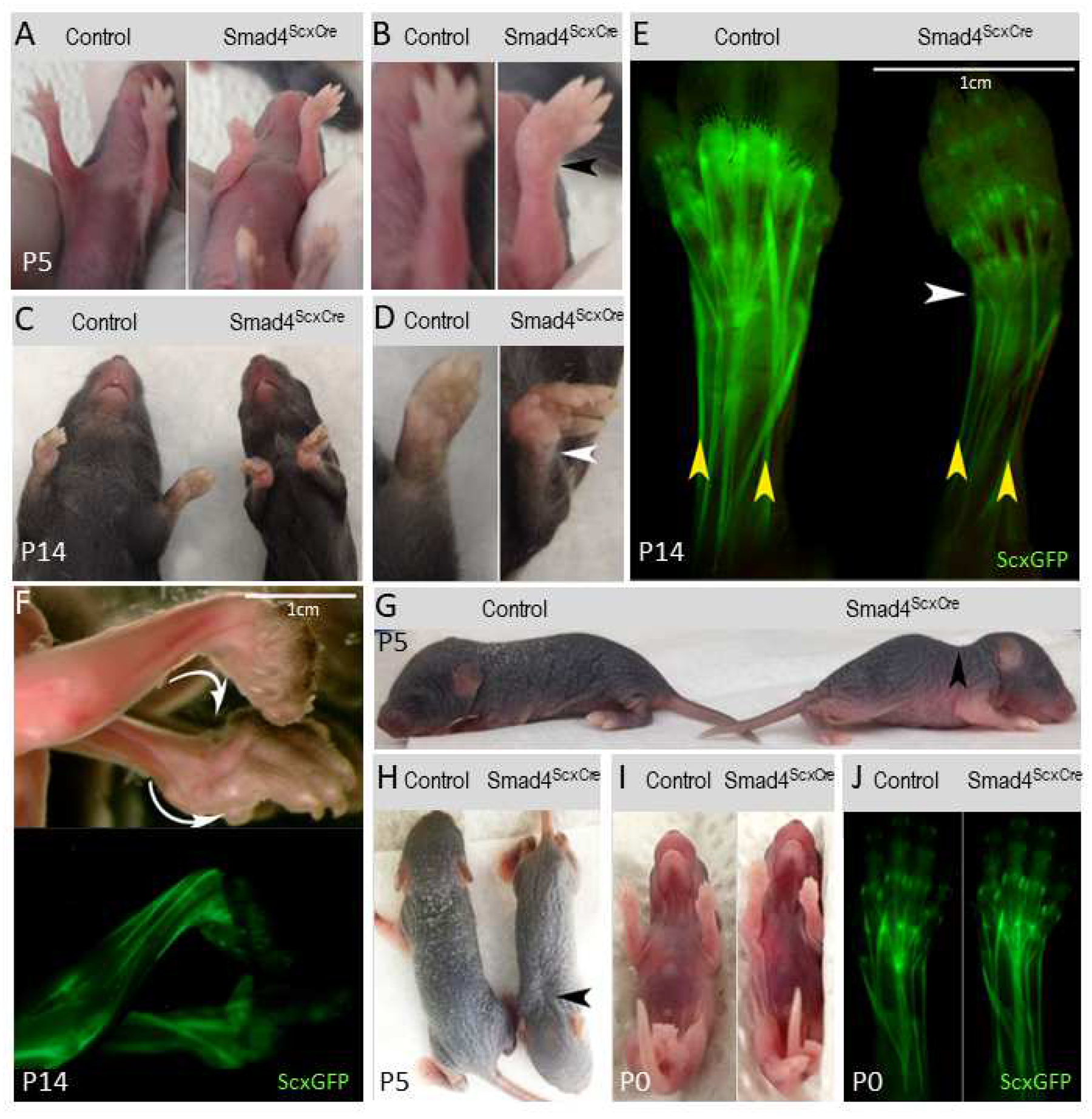Figure 1: Smad4ScxCre mutants develop contracture shortly after birth.

(A) P5 control and Smad4ScxCre mutant mice. (B) Larger image of forelimbs from (A). Mutant displays forelimb abduction (black arrowhead). (C) P14 control and Smad4ScxCre mutant mice. (D) Larger image of left forelimbs from (C). Abduction is more severe by P14 (white arrowhead). (E) ScxGFP-labeled tendons in P5 control and Smad4ScxCre mutant. Mutant tendons appear thinner than control (yellow arrowheads) and the mutant forelimb exhibits abduction at the wrist (white arrowhead). (F) P14 Smad4ScxCre mutant skinned forelimbs. The forelimb contracture in mutant mice can develop as dorsal or ventral contractures even within the same mouse (white arrows). (G and H) P5 control and Smad4ScxCre mutant mice. The mutant displays abnormal cervical curvature (black arrows). (I) P0 Control and Smad4ScxCre mutant mice. (J) ScxGFP-labeled tendons in P0 control and Smad4ScxCre mutant. The forelimb contracture does not manifest in newborn mutant pups.
